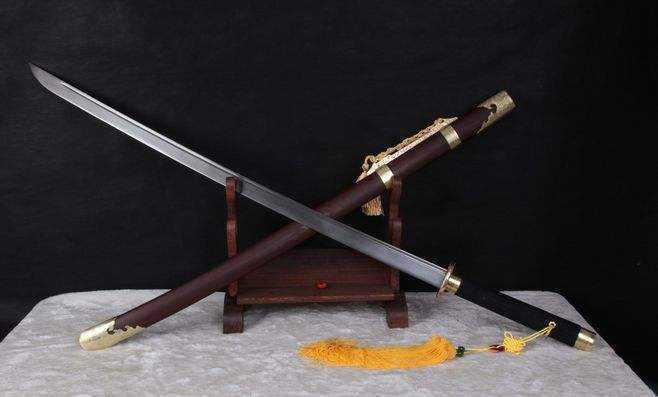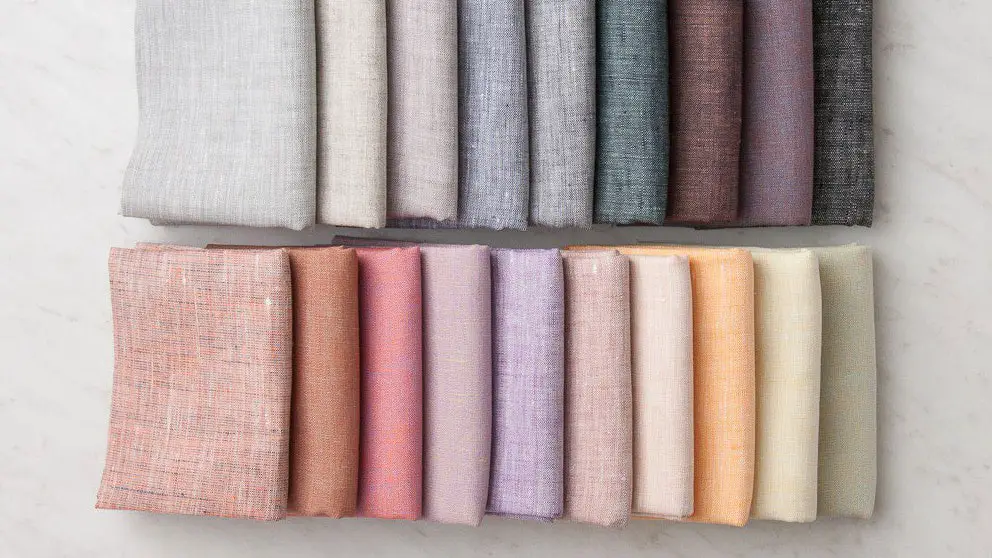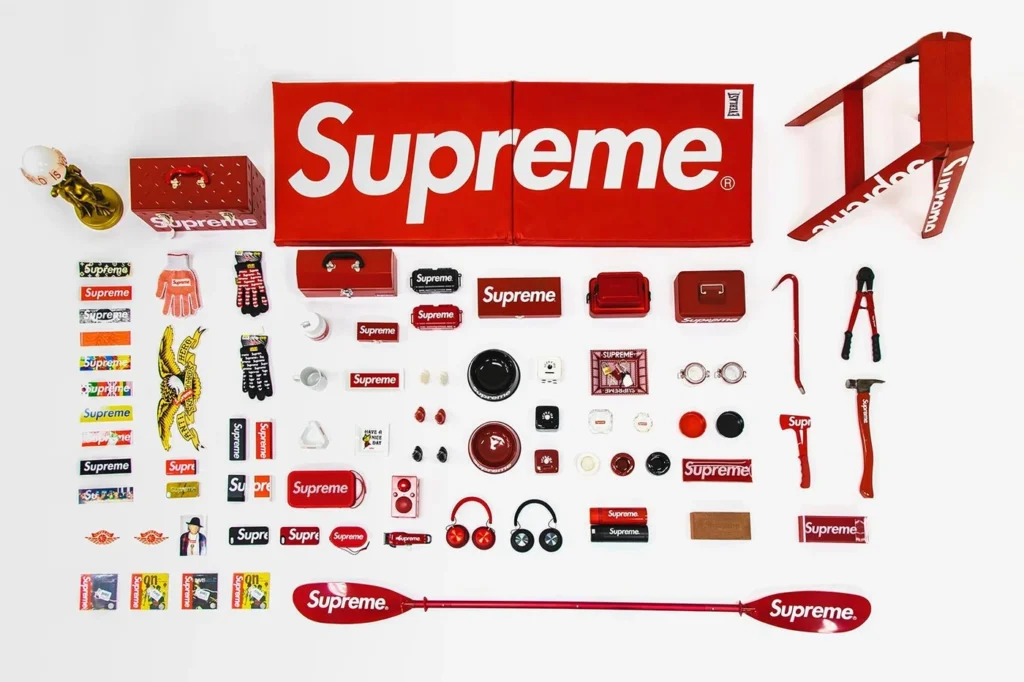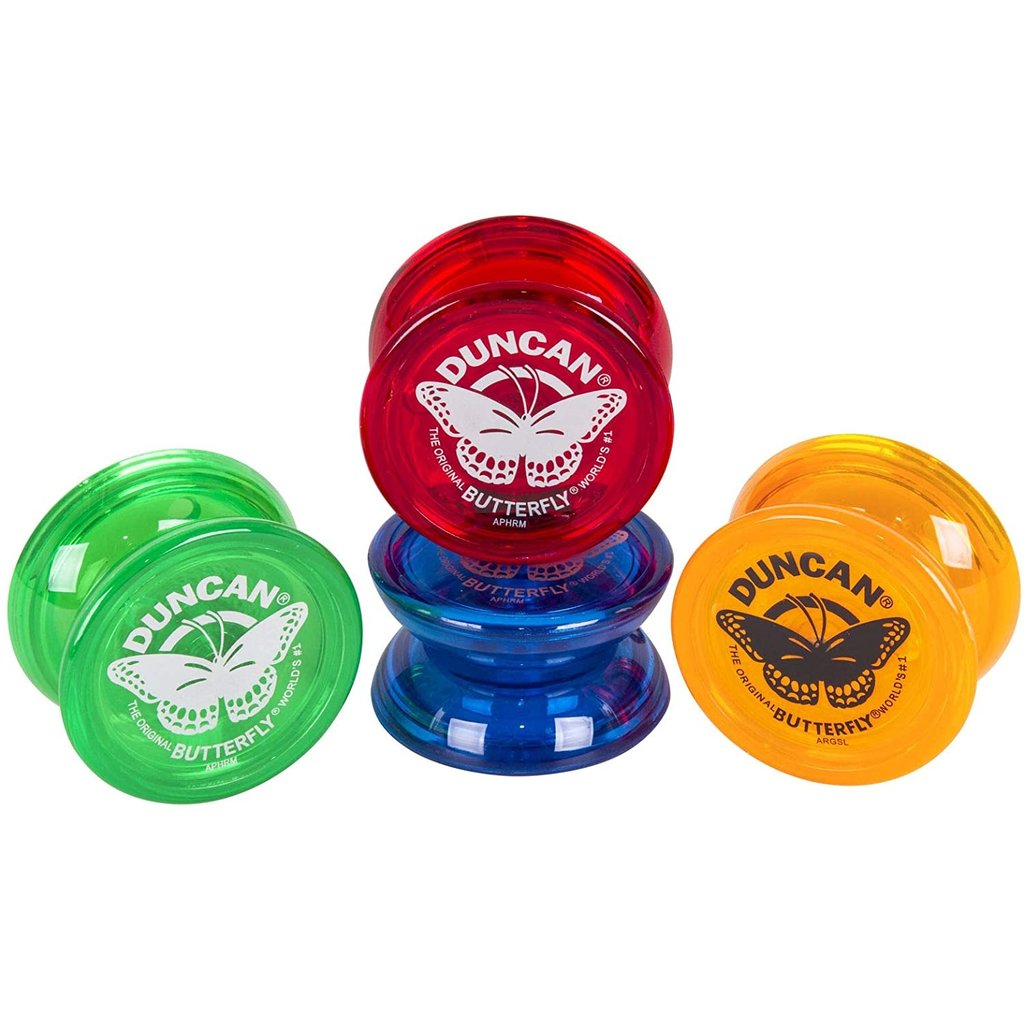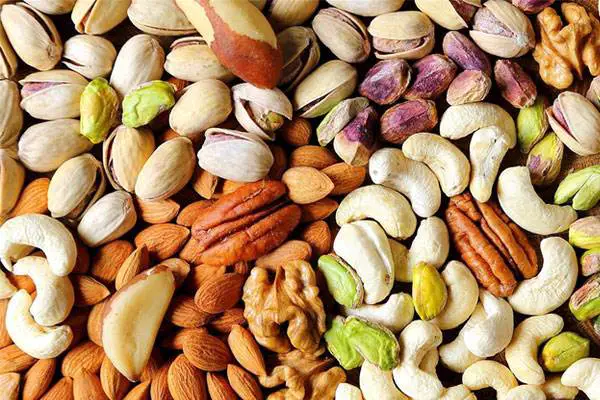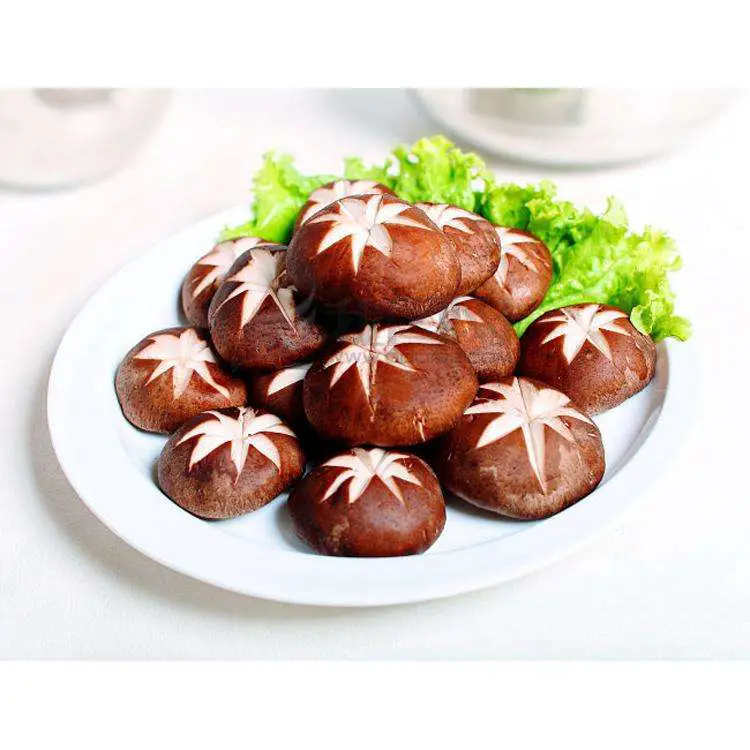Palm trees are amazing plants that can transform any space into a tropical paradise. They are also very diverse, with over 2,500 species in the world. Some of them are very rare and highly valued, while others are more common and affordable.
In this article, we’ll take a look at 10 of the most expensive palm trees you can buy, and what makes them so special. Let’s get started!
Queen Palm ($500)
The Queen Palm, or Cocos plumosa, is a regal and elegant palm tree that originates from Brazil. It has a tall and slender trunk that can grow up to 50 feet high, and a crown of long and graceful fronds that can reach up to 15 feet in length. This palm is also known for producing clusters of orange fruits that are edible and nutritious. The Queen Palm is a very ornamental and graceful palm tree and can create a tropical ambiance in any garden. It’s also very adaptable and easy to grow, making it a versatile landscaping option. However, it’s not very cheap and can cost up to $500 for a large specimen.
Bottle Palm ($500)
The Bottle Palm, or Hyophorbe lagenicaulis, is a unique and striking palm tree that hails from the island of Mauritius. It has a distinctive bottle-shaped trunk that gives it its name, and a crown of bright green fan-shaped leaves that can span up to 10 feet. This palm is very charming and appealing and can add a touch of the exotic to any landscape. It’s also very compact and low-maintenance, making it a great choice for both indoor and outdoor settings. However, it’s not very easy to find and can cost up to $500 for a mature specimen.
Foxtail Palm ($700)
The Foxtail Palm, or Wodyetia bifurcata, is a beautiful and exotic palm tree that comes from Australia. It has a smooth and slender trunk that can grow up to 30 feet tall and a crown of fluffy and feathery fronds that resemble a fox’s tail. This palm is very attractive and eye-catching and can add a tropical flair to any landscape. It’s also adaptable and easy to grow, making it a popular choice for indoor and outdoor settings. However, it’s not very common and can cost up to $700 for a medium-sized specimen.
Renova Palm ($1,000)
The Renova Palm, or Hyphaene coriacea, is a rare and endangered palm tree that grows in Africa. It’s also known as the Doum Palm, because of its edible and fibrous fruits that resemble gingerbread. This palm has a branched and twisted trunk that can grow up to 20 feet tall, and a crown of fan-shaped leaves that can measure up to 6 feet across. This palm is very unusual and intriguing and can create a stunning visual impact in any landscape. It’s also very resilient and drought-tolerant, making it a suitable choice for arid and harsh climates. However, it’s very scarce and costly and can cost up to $1,000 for a small specimen.
Coco de Mer ($9,000)
The Coco de Mer, or Lodoicea maldivica due to its scarcity and unique characteristics. It’s also known as the Sea Coconut, because of its enormous and bilobed nuts that can weigh up to 40 pounds. This palm has a thick and robust trunk that can grow up to 100 feet tall, and a crown of huge and glossy fronds that can reach up to 30 feet long. This palm is native to the Seychelles and is very difficult to grow and cultivate. It’s also very slow-growing, taking up to 40 years to flower and produce fruits. Because of its rarity and difficulty, it can cost up to $9,000 for a single nut.
Jubaea ($10,000)
The Jubaea, or Jubaea chilensis, is a rare and endangered palm tree that grows in Chile. It’s also known as the Chilean Wine Palm because its sap can be fermented into a sweet wine. This palm has a thick and robust trunk that can store up to 300 gallons of water and a dense canopy of dark green fronds that can reach up to 50 feet in height. It’s one of the slowest-growing palms in the world, taking up to 60 years to reach maturity. Because of its rarity and slow growth, it can cost up to $10,000 for a large specimen.
Bismarck Palm ($15,000)
The Bismarck Palm, or Bismarckia nobilis, is a stunning palm tree from Madagascar. It has a massive trunk that can reach up to 40 feet in diameter and a crown of silver-blue fan-shaped leaves that can span up to 20 feet. This palm is a real eye-catcher and can create a dramatic focal point in any landscape. It’s also very hardy and drought-tolerant, making it a great choice for dry and sunny climates. However, it’s not very easy to find and can cost up to $15,000 for a mature specimen.
Coconut Palm ($20,000)
The Coconut Palm, or Cocos nucifera, is one of the most iconic and popular palm trees in the world. It’s also one of the most useful, as it produces coconuts that can be used for food, oil, fiber, and many other products. The Coconut Palm has a slender and curved trunk that can grow up to 100 feet tall, and a crown of long and feathery fronds that can bear up to 50 coconuts at a time. This palm is native to tropical regions and requires a lot of sun, water, and warmth to thrive. It can also be very expensive, costing up to $20,000 for a fully-grown tree.
Canary Island Date Palm ($25,000)
The Canary Island Date Palm, or Phoenix canariensis, is a majestic and elegant palm tree that originates from the Canary Islands. It has a thick and sturdy trunk that can grow up to 60 feet tall and a crown of long and spiny fronds that can reach up to 20 feet long. This palm is also known for producing edible dates that can be eaten fresh or dried. The Canary Island Date Palm is a very ornamental and impressive palm tree and can add a touch of sophistication and grandeur to any garden. However, it’s also very pricey, costing up to $25,000 for a mature specimen.
Medjool Date Palm ($100,000)
The Medjool Date Palm, or Phoenix dactylifera, is the most expensive palm tree in the world and is a highly prized and sought-after palm tree that produces the famous Medjool dates. These dates are considered to be the finest and most delicious in the world, and are often referred to as the “king of dates”. The Medjool Date Palm has a slender and graceful trunk that can grow up to 100 feet tall, and a crown of lush and glossy fronds that can bear up to 200 pounds of dates per year. This palm is native to the Middle East and requires a lot of sun, water, and care to grow well. It’s also very rare and expensive, costing up to $100,000 for a large and productive tree.

